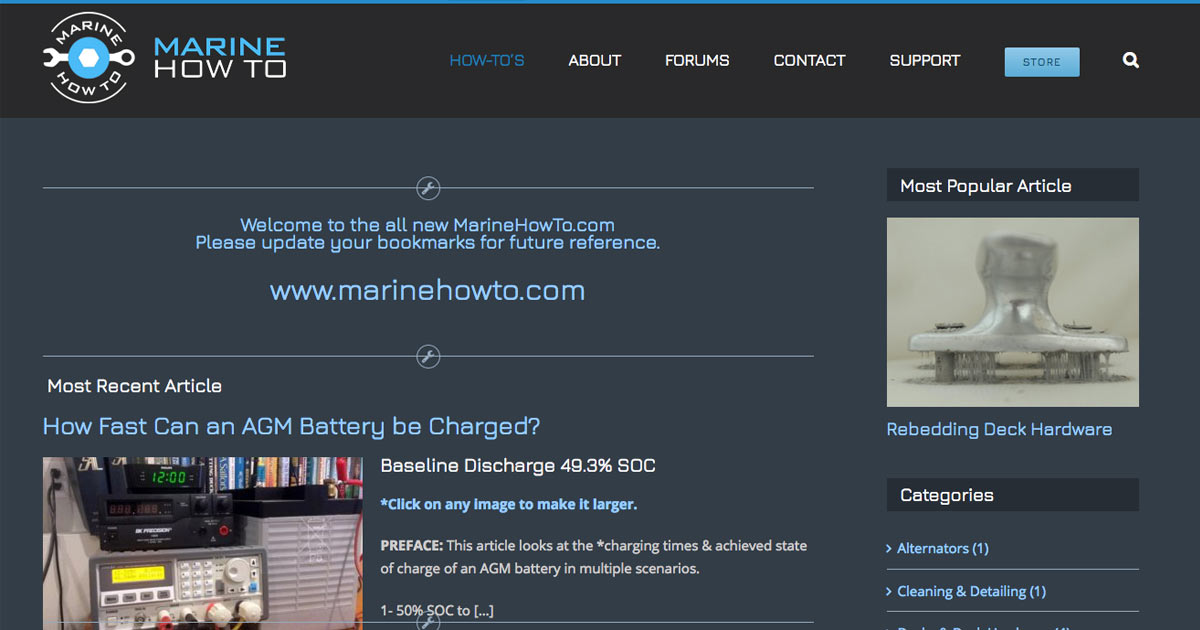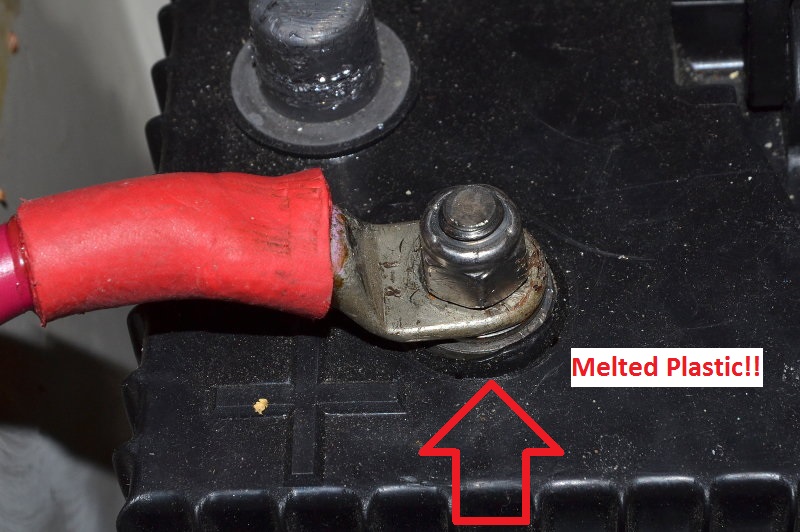So most boat batteries use a threaded stud (5/16 or 3/8) and the battery cable have lugs. Old days they just used a wing-nut. No more.
The battery manufacturers supply a SS plain hex nut. Most no lock washer. A few do.
What's the proper way knowing BITOG members will be anal about exactly how to do this.
Understand the battery cable will come off at least once a year, so not a one time deal.
My thinking is a SS split ring washer under the nut and under that a SS flat washer.
Then there are internal or external split ring washers but they can scrape off plating from the battery cable lugs as their teeth grab.
I have seen some supplied hex nuts with attached star washer supplied by a battery manufacturer.
The battery manufacturers supply a SS plain hex nut. Most no lock washer. A few do.
What's the proper way knowing BITOG members will be anal about exactly how to do this.
Understand the battery cable will come off at least once a year, so not a one time deal.
My thinking is a SS split ring washer under the nut and under that a SS flat washer.
Then there are internal or external split ring washers but they can scrape off plating from the battery cable lugs as their teeth grab.
I have seen some supplied hex nuts with attached star washer supplied by a battery manufacturer.


